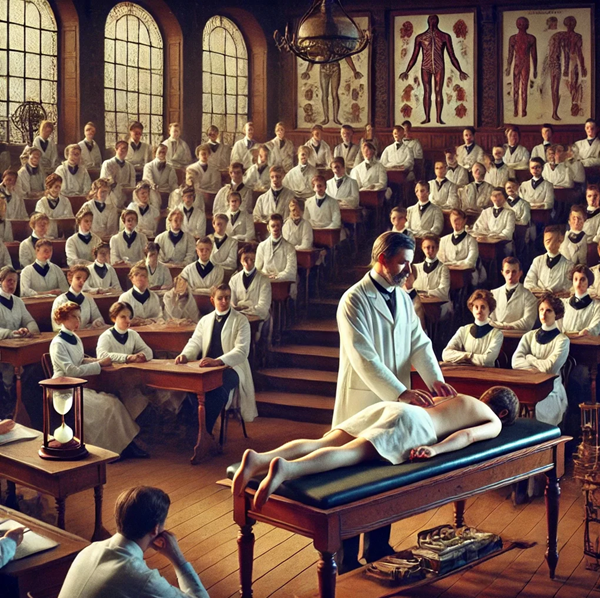Why it is Crucial to Stay Mobile and Flexible as You Age
There is no shortage of articles, blog posts and video resources concerned with telling you how to age gracefully and avoid harsh-looking lines and wrinkles. But one area that often gets criminally overlooked, is the importance of staying mobile and flexible as you get older through mobility training and other forms of less conventional exercise.
A lack of natural movement may be responsible for premature aging in a great many people.
How it Happens
The simple truth is that most of us will spend a large part of our lives practically motionless.
If you’re like most people, then you will probably sit at a computer from the hours of 8-5pm (or significantly longer) and you’ll then get home from work only to sit on the couch.
You probably sit during your commute too.
Now, not only does this lead to weight gain, depression, diabetes and more ills – but studies show that it can actually take years off of your life.
And what’s more, sitting will result in muscular imbalances in your body. This happens as muscles in the backs of the legs shorten and become tight, while those at the top become elongated and weak. The same happens to your pecs as you spend all day reaching forward toward your keyboard and to your neck if you sit in a hunched over position.
This then results in a range of serious problems. When a single muscle becomes too tight or too weak like this, it results in imbalances that change your entire posture. You might develop an anterior pelvic tilt, knee pain or other issues.
So, what happens next? Simple: you stop using that joint as you should and begin to compensate for the movement. No surprise, this then leads to more awkwardness and more pain. Eventually, you end up hunched over and crippled and put it down to ‘age’.
Not only that, but this prevents you from going out and meeting new people. It prevents you from engaging in exercise, or learning new subjects. And in turn, that will cause your brain to atrophy too.
The brain needs learning, it needs social stimulus and it needs movement in order to stay plastic, youthful and happy. Ever heard the saying ‘you can’t teach an old dog new tricks’? That’s because a lot of old dogs stopped learning long ago and forgot how.
Imbalances, pain and injury can be the sparks that ultimately lead to this lack of movement and interaction.
How to Prevent it
To prevent this happening, you need to keep moving, keep taking on new challenges and keep interacting with people. Avoid sitting for long stretches – invest in a standing desk perhaps – and try starting a class such as yoga or gymnastics that will put movement front and center.
In fact, there are many fitness classes that consider ‘functional training’ an important part of their curriculum. Seek those out for better health now and well into your older age!
